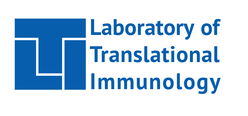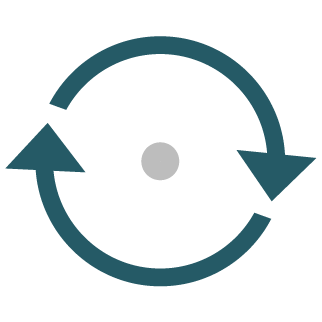Intelligent decision support for precise data analysis in flow cytometry.


FlowView is dedicated to the field of flow cytometry. Our software offers precise and thorough flow cytometry data analysis through the use of AI algorithms.
We provide sophisticated solutions for the analysis of flow cytometry data.
Use flow cytometry analysis for better clinical operations, research, and patient care. Because standard analyses are limited, we implement adaptations.
Artificial intelligence for clear and helpful guidance.
Supporting medical professionals in making well-informed choices.
Reducing processing time, focusing on patient care.
Contributing to medical knowledge and research.

In cooperation with leading researchers, our AI algorithm changes huge amoung of flow cytometry data into a simplified 2D-image format. This method greatly improves how we use data.

Our technology will rapidly decrease wait times and enable timely decision-making.

Accurate data and trustworthy analysis to guarantee the highest degree of trust in your results.

Confirm that your analyses are consistent in order to remove variances and encourage reliable, repeatable outcomes.

Goodbye to manual processes. Our automated solutions streamline your workflow, saving you time and effort.

Benefit from standardized protocols that improve data quality and comparability across different settings.
FlowView Diagnostics is a pioneering company specializing in AI-driven flow cytometry solutions. Our mission is to reshape flow cytometry analysis through our innovative AI platform, ASUDES. This software makes complex data analysis accessible and actionable for healthcare professionals, researchers and Clinical Research Organizations (CROs).
Asudes is a cloud-based Software as a Service (SaaS) platform that use advanced AI algorithms to analyze large quantities of raw flow cytometry data. It simplifies this data into a more interpretable format.
Our AI-powered methodology provides automated flow cytometric identification of disease specific cells by the patented eclipse algorithm. Our platform also compares data to your own control groups and delivers a thorough analysis. Paired with our intuitive interface, this offers a more advanced yet user-friendly solution for everyone.
Do you have any additional questions? Contact us →